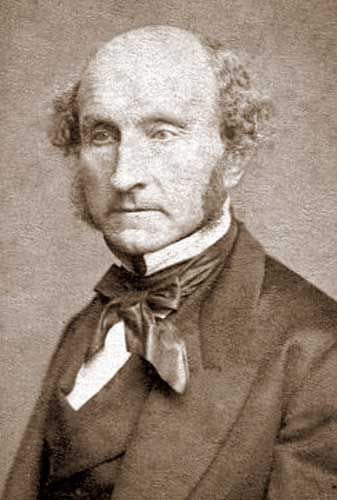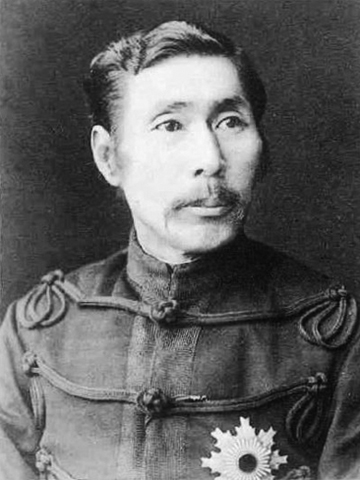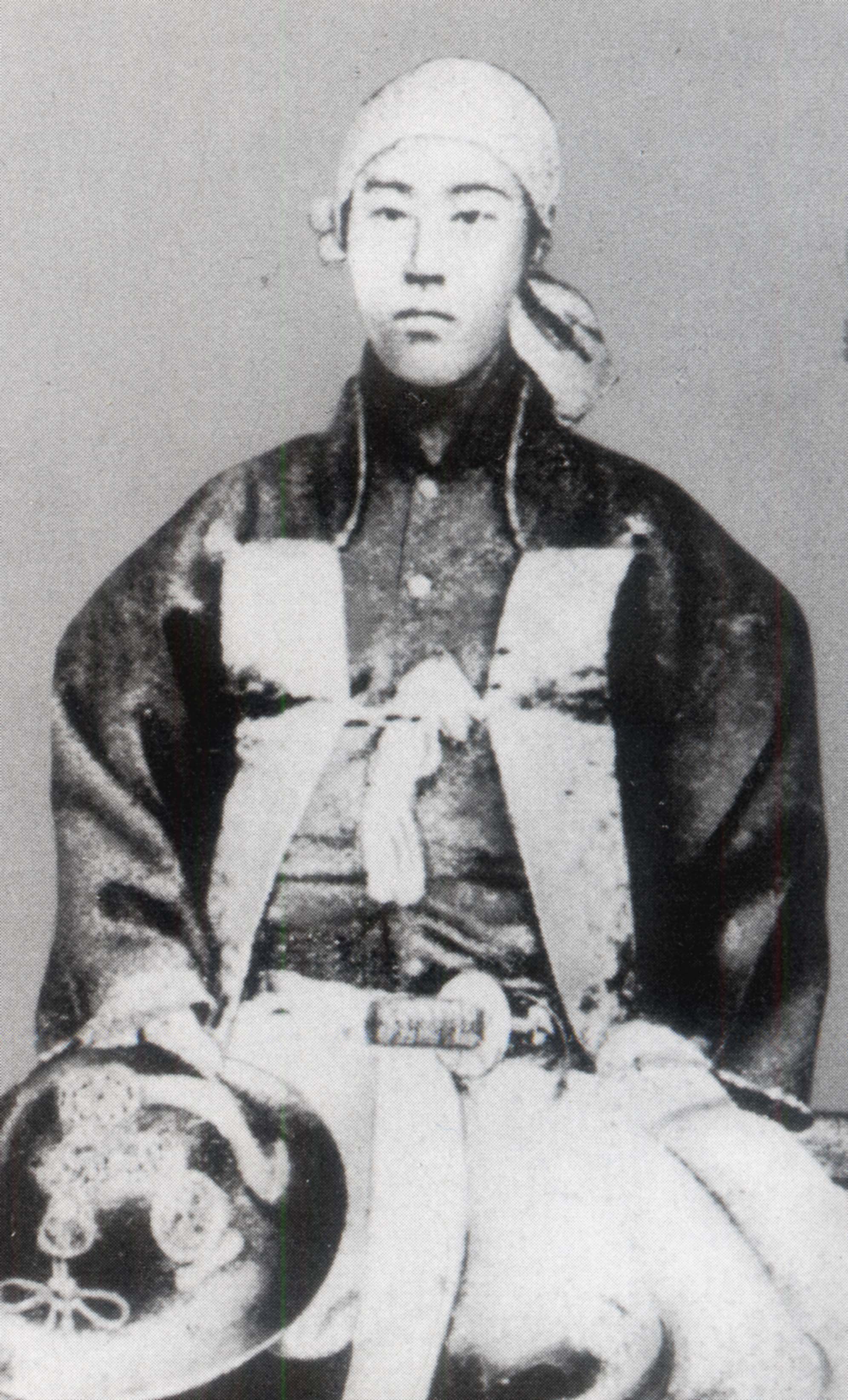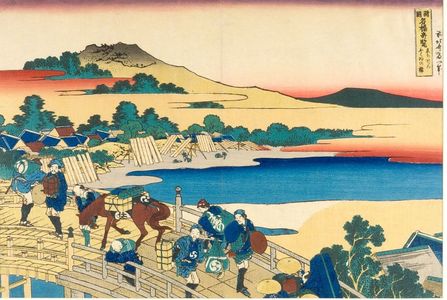The Second Phase:
The Second Phase of the Boshin War was defined by intense military conflict. After the Imperial victories in Kansai and with Hisamitsu, Takimacha and Ryoma's consolidation of Western Japan, Emperor Meiji and his cabinet of daimyo decided that it would be wise to attack further into Chubu and Kanto regions of Japan. In Chubu numerous mountain battles occurred while Kanto became famous for its bloody fields. General Johnston called Kanto "the Virginia of Japan". Famous battles include the battle of Obama, battle of Yamanashi, battle of Ueno, battle of Niigata, battle of Saitama, and the battle of Higashiagatsuma.
It was the phase that defined the Imperial movement from a rebellion to a state, a phase of great courage, and a phase of great importance.
Important new people:
An ardent liberal, Sakamoto Ryoma was an ardent follower of British economist John Stuart Mill. So when the British state recognized the Imperial government as Japan's legitimate government, Ryoma was elated that he could personally write a letter to Mill, requesting him to come on a state visit. Mill enthusiastically agreed, eager to meet his "favorite fan in all the Orient". After a dinner full of jokes, discussion, and stories, Mill and Ryoma really hit it off. The Japanese diplomats were surprised by Mill's intellect, and Ryoma found it relatively easy to convince Emperor Meiji to hire Mill as an Imperial economic advisor.
Imperial economic advisor John Stuart Mill:
"Mill was to Meiji what Keynes was to Wallace. A prominent economist who gained equal prominence in a foreign nation for his dutiful work as a foreign economic advisor." - Milton Friedman, American economist and Governor of New Hampshire, Democratic.
General Yamagata Aritomo:
Born in Hagi, Yamaguchi province, General Yamagata Aritomo always had a deep sense of loyalty to the Mouri. Serving the "Greatest clan in all of Chugoku" was of immense pride for Aritomo, and so when Daimyo Takimacha recommended that he represent Mouri clan and Yamaguchi province going forward in the war, General Yamagata happily and readily accepted. He was a brilliant military leader but is controversial for his political support of militarism.
Hayashi Tadataka:
(Daimyo Tadataka was a noted strategian, especially in the art of guerrilla warfare)
A formerly obscurely known daimyo from a non-prominent Daimyo family, Daimyo Hayashi Tadakata proved his family's worth on the battlefield with his strategy. His use of guerrilla warfare was immensely successful, and he is regarded as one of the great strategists for the Tokugawa Shogunate.



